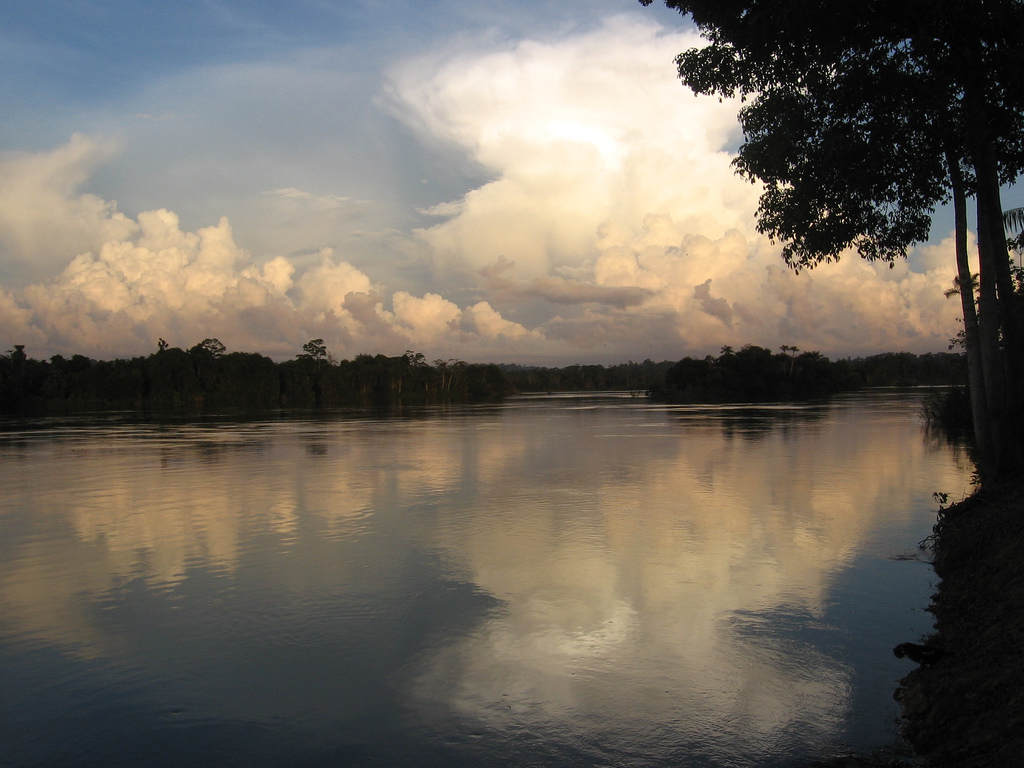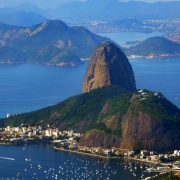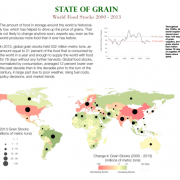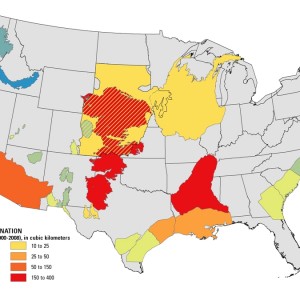Report: Fewer Trees in the Amazon, Less Hydropower from Dams
The study runs counter to conventional wisdom about deforestation’s effects on the water cycle.

By Brett Walton
Circle of Blue
A controversial dam that is under construction on an Amazon River tributary in Brazil may deliver less electricity than promised if trees in the wider rainforest continue to be cut down, according to a study published online Monday in the Proceedings of the National Academy of Sciences.
The 11,233-megawatt Belo Monte Dam on the Xingu River will be the world’s third-largest hydropower facility by generating capacity when it is completed in 2015.
Because plans for a large reservoir were scrapped to mollify indigenous and environmental groups, the facility’s power output will fluctuate with seasonal river flows. In an average year, Belo Monte, now a “run of the river” dam with a smaller reservoir, will generate just 40 percent of its installed capacity.
–Claudia Stickler, scientist
Amazon Environmental Research Institute
But if Brazil does not rein in deforestation in the Amazon Basin, Belo Monte’s power potential may fall well short of expectations, says Claudia Stickler, the study’s lead author and a scientist at the Amazon Environmental Research Institute.
The study is one of the first to assess the effects of regional deforestation on hydropower potential.
Under a “business-as-usual” scenario of 40 percent loss of forest cover in the Amazon by 2050, Belo Monte would generate nearly 40 percent less electricity than its developer anticipates, the study claims. That is on top of the expected reductions in average annual generation due to the dam’s redesign. The Amazon has lost about 17 percent of its forest cover already, according to study co-author Michael Coe of the Woods Hole Research Center.
“We recommend that forest policy be considered in connection with energy policy,” Stickler told Circle of Blue. “There should be integrated thinking about land use and energy.”
The Water-Energy-Land Use Cycle
The study turns conventional thinking – that deforestation increases river flows, and thus increases hydropower potential – on its head.
The problem with the accepted wisdom, Stickler said, is that people are not thinking broadly enough.
Stickler and her colleagues assessed how different deforestation rates in both the Xingu Basin and the Amazon Basin as a whole affected two variables: evapotranspiration (ET) and rainfall. ET measures how much water is consumed by a plant. Together, these two variables influence river flows.
Forests are typically cleared to grow crops, which have a lower ET. Within an isolated basin, this vegetation change would increase river flows.
But rainfall, the authors found, plays a much bigger role than ET in determining how much water makes its way into the Xingu River. And rainfall can only be understood within a regional context, which is the conventional wisdom’s blind spot. The water vapor transpired by trees in the eastern basin and the energy they absorb from the sun help to create rain downwind to the west.
Thus, regional deforestation has a greater effect on rainfall within the Xingu Basin than local deforestation itself. The study found no difference in local rainfall between a 20 percent and a 40 percent reduction in Xingu Basin forest, so long as the Amazon forest remained intact.
“Once you’ve deforested much of the Amazon Basin, [the loss of rainfall] far outweighs any bump you may see from decreased evapotranspiration,” Coe told Circle of Blue. Similar connections between regional forest cover and precipitation have been documented for Southeast Asia and Central Africa, both dam-building hot spots.
The study used current climate models and did not account for changes that might occur because of increasing greenhouse gas emissions.
The authors then applied their new river discharge figures to the models used by Belo Monte engineers to calculate hydropower potential. Electricity generation at Belo Monte falls as deforestation in the Amazon increases.
Dominick Spracklen, a climate scientist at the University of Leeds, called the study “intriguing.” Last year, Spracklen published one of the first papers to use observational data to show that tropical forests produce rain that falls hundreds of kilometers away.
–Dominick Spracklen, climate scientist
University of Leeds
“Most people only think about ET as a ‘waste’ of water rather than as a potential source of additional rain and discharge downwind,” Spracklen wrote in an email to Circle of Blue. “The paper demonstrates the need to rethink this and highlights the need to slow deforestation to maintain rainfall patterns, river discharge, and ensure sustainable hydroelectric power generation into the future. Hopefully the work will encourage hydroelectric power companies to contribute to efforts to slow deforestation and restore tropical forests on degraded land.”
Hydropower accounted for 85 percent of Brazil’s electricity generation in 2010, according to the U.S. Energy Information Administration.
Brazil has ambitious development plans for its rivers as it seeks to meet self-imposed goals to reduce greenhouse gas emissions. South America’s largest economy wants to source half of new electricity supplies from hydropower, the country’s secretary of planning and development told The Economist. Of the 48 dams on the drawing board, 30 are located in the Amazon rainforest.
If hydropower becomes less reliable because of decreased precipitation, electricity rationing could occur, as Venezuela was forced to do in the winter and spring of 2010 when a drought dropped water levels behind its primary hydroelectric dam. Or, the country would need to invest in expensive back-up capacity, powered by fossil fuels.
Thanks to better enforcement by state and federal officials, deforestation rates in Brazil have decreased in the last few years, Coe said.
The study makes clear that, in the Amazon, the consequences of local land-use decisions can be felt hundreds of kilometers away.
“Even if we reforest the entire Xingu Basin, it wouldn’t make much of a difference [for river flows] if we didn’t reforest the rest of the Amazon,” Stickler said.
Brett writes about agriculture, energy, infrastructure, and the politics and economics of water in the United States. He also writes the Federal Water Tap, Circle of Blue’s weekly digest of U.S. government water news. He is the winner of two Society of Environmental Journalists reporting awards, one of the top honors in American environmental journalism: first place for explanatory reporting for a series on septic system pollution in the United States(2016) and third place for beat reporting in a small market (2014). He received the Sierra Club’s Distinguished Service Award in 2018. Brett lives in Seattle, where he hikes the mountains and bakes pies. Contact Brett Walton









Leave a Reply
Want to join the discussion?Feel free to contribute!